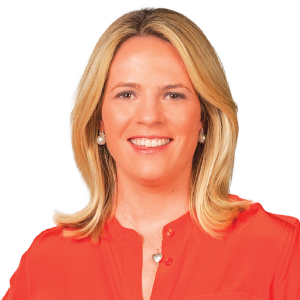A forensic anthropologist, Dr. Heather Walsh-Haney, from Florida Gulf Coast University sees the worst in humanity and disaster in her line of work, everything from Hurricane Katrina to 9/11. She's also been an expert on cases closer to home, like Martin County's cold case of an unidentified infant, Baby Moses. Now, she's assigned the difficult job of analyzing bone and trauma analysis in the case of Tricia Todd.
Dr. Walsh-Haney works in Fort Myers, some 150 miles from the scene of the crime. She showed us the science of her craft, but of course, we did not see her working on the victim's remains.
She's not allowed to talk about the particulars of the case, as it's working its' way through the court system, but she can speak to the science of her profession.
"When I read the bones, it helps the medical examiner to flesh out the biological profile and compare that to the biological profile of who the remains are believed to be," said Dr. Heather Walsh-Haney. "By evaluating trauma, it helps the medical examiner to determine cause and manner of death."
Dr. Walsh-Haney understands the burden of the job at hand.
"It’s my job to do the science of reading bones and to make sure that I don’t overstretch my bounds as a forensic anthropologist," she said.
Walsh-Haney told WPTV Newschannel 5 that she tries to separate herself from the cases she works, even avoiding news reports.
"For me, it’s pure science, I typically rarely-- if ever ---know who the killer is," she said.
Her lab is equipped with the latest technology, including dissecting scopes hooked up to a computer interface, which allowed for immediate bone measurements and notations. It's a silent space, no more than a whisper is heard at any given time.
Her team of students at Florida Gulf Coast University also assisted the Martin County Sheriff's Office in locating and excavating Todd's remains. They practice in the lab using soil samples to train their eye for any type of disturbance.
Dr. Walsh-Haney doesn't dismiss the nature of her profession.
"It is something that you think about when you go to bed, when you wake up. When you are eating lunch and dinner you think about the cases, the victims, countless victims that have passed through your hands or the laboratory space," she said.
But she always has an end goal: "Provide enough evidentiary information to the Medical Examiner and law enforcement to make sure the victim is identified and that the right people are put in jail."



